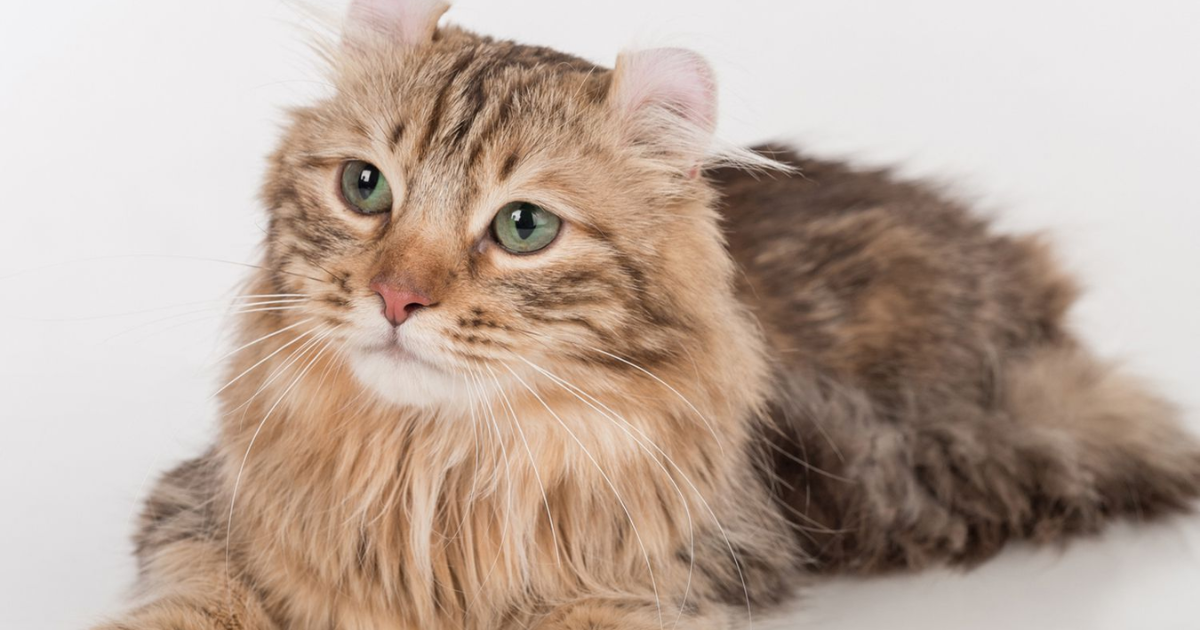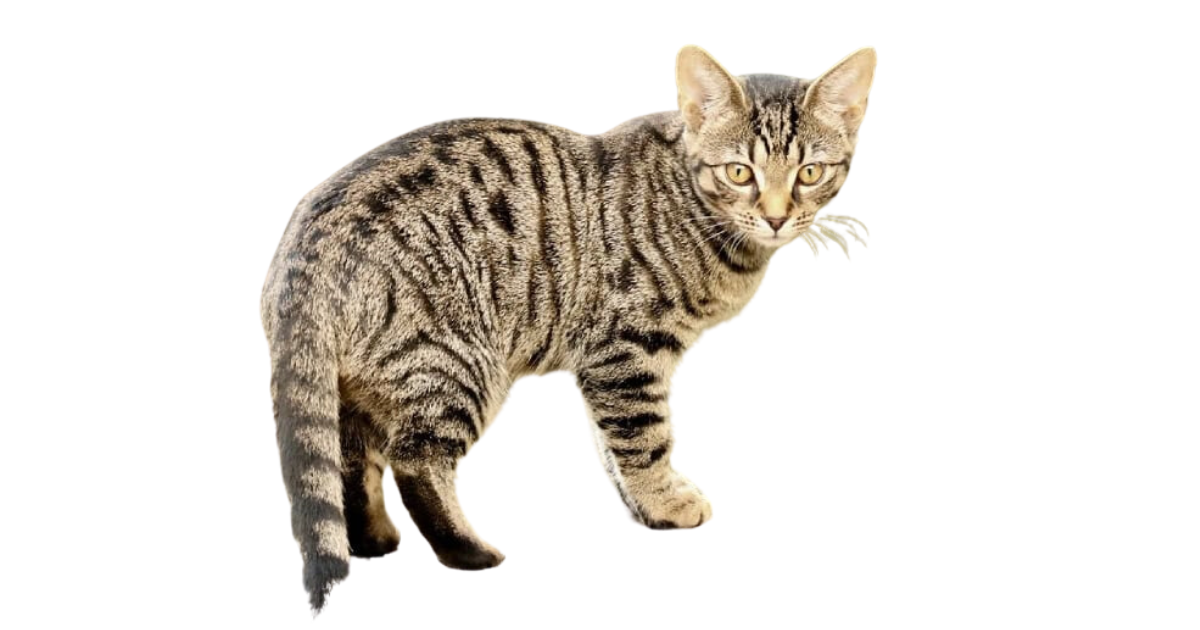Rare and Exotic Cat Breeds You Need to Know About
If you’re a cat lover, you’ve probably encountered the usual suspects: the playful Siamese, the fluffy Persian, and the ever-charming Maine Coon. But what about the rare and exotic cat breeds that most people have never heard of? These unique felines are truly in a class of their own, with their striking looks and fascinating histories. Whether you’re just curious or thinking about adding a special new member to your household, let’s dive into the world of rare and exotic cats that you need to know about.
What Makes a Cat Breed “Rare” or “Exotic”?
So, what sets these breeds apart from the average house cat? A breed is considered rare when it has a small population or limited distribution, often due to specific breeding restrictions or a unique place of origin. Exotic cat breeds, on the other hand, are typically defined by their unusual physical traits, such as wildcat-like appearances, unique coat patterns, or hairlessness. These cats often come from remote or less-known areas and can sometimes carry wild lineage or hybrid characteristics, making them even more special.
The Allure of Rare Breeds
Owning a rare or exotic cat has a certain charm that goes beyond the usual companionship. These cats can be conversation starters, with their unique looks and sometimes mysterious origins. They often have traits that set them apart from the typical house cat—whether it’s a unique temperament or a more striking, wild appearance. Many people are drawn to the novelty of these breeds and the joy of owning something truly one-of-a-kind.
Top Rare and Exotic Cat Breeds
Now, let’s take a look at some of the most fascinating rare and exotic cat breeds that will leave you in awe.
Sokoke
The Sokoke is one of the rarest cat breeds in the world, hailing from the Arabuko Sokoke forest in Kenya. With its slender, muscular body and short coat that mimics the patterns of tree bark, the Sokoke is a true natural wonder. These cats are known for their high energy levels and love of climbing, so if you have a Sokoke, prepare to provide plenty of vertical space for them to explore.
Despite their wild roots, Sokokes are affectionate with their owners and form strong bonds, though they tend to be a bit independent. Their rarity makes them hard to find outside of select breeders, but their beauty and engaging personality make the search worthwhile.
Lykoi (Werewolf Cat)

The Lykoi, often called the “werewolf cat,” is a breed that immediately captures attention with its striking, almost spooky appearance. This cat’s coat is partially hairless, with a patchy, black-and-white fur pattern that resembles that of a small wolf. The Lykoi breed is relatively new, having been discovered only in the last decade, but it’s already captured the hearts of cat enthusiasts worldwide.
In terms of personality, the Lykoi is incredibly friendly and loves human interaction, making it a great companion. Their wild appearance might suggest otherwise, but these cats are gentle, playful, and loyal to their families.
Khao Manee
If you’ve ever dreamed of owning a cat fit for royalty, the Khao Manee might be your ideal companion. Known as the “Diamond Eye” cat, this breed hails from Thailand and has been revered for centuries. Its most striking feature? Its piercing, odd-colored eyes—one blue and one green or amber. This breed was historically kept by Thai nobility, which only adds to its allure.
Khao Manee cats are playful, social, and highly intelligent, making them great companions for active households. However, they are quite rare outside of Thailand, so finding one might take some effort.
Peterbald

The Peterbald is a hairless breed from Russia, known for its sleek, alien-like appearance. With large ears, almond-shaped eyes, and a slender body, these cats have an exotic look that turns heads. What’s fascinating about Peterbalds is that their skin is warm to the touch, giving them a unique feel compared to other cats.
In terms of personality, Peterbalds are affectionate, loyal, and love being around people. They’re often compared to dogs in their devotion to their owners. Because they’re hairless, they do require regular bathing to keep their skin healthy, but their loving nature makes them worth the extra care.
Kurilian Bobtail

The Kurilian Bobtail is an island cat with a distinctive bobbed tail, resembling that of a wild lynx. Originating from the Kuril Islands, this breed is known for its rugged, strong build and friendly demeanor. Despite their wild looks, Kurilian Bobtails are affectionate and sociable, making them great companions for families with children or other pets.
They are skilled hunters and love to climb, so providing plenty of toys and climbing structures is essential to keeping them happy. Their rarity lies in their isolated origins, and they are still relatively uncommon outside of Russia and Japan.
Serengeti

The Serengeti cat is a crossbreed designed to resemble a wild African Serval without any actual wildcat DNA. With its long legs, large ears, and beautifully spotted coat, this cat looks like it just stepped out of the wild. The Serengeti is known for its high energy levels, grace, and athleticism, making it an active companion for those who can keep up with its adventurous spirit.
Serengetis are friendly and sociable, bonding well with their families. They love to explore and are excellent jumpers, so a home with plenty of space is ideal for this exotic breed.
Caracat

The Caracat is a hybrid breed that’s part domestic cat, part wild Caracal (a type of wild African cat). With its tufted ears, large size, and exotic appearance, the Caracat is one of the most striking rare breeds out there. This breed is still in its early stages of development, making it extremely rare, with only a handful of Caracats in existence.
In terms of temperament, Caracats are typically affectionate with their families but may retain some wild tendencies, such as higher energy levels and a strong prey drive. They’re best suited for experienced cat owners who are prepared to meet their unique needs.
Rarity in Relation to Health and Care
Owning a rare or exotic cat breed often comes with unique health concerns and care requirements. Some of these cats, particularly hybrids like the Caracat, may have more complex dietary or environmental needs. Additionally, because they’re less common, finding a veterinarian who is familiar with their specific health concerns may be more challenging. Exotic breeds like the Peterbald or Lykoi may also require special grooming routines due to their hairlessness.
Owners should also be prepared for higher vet costs, as some of these breeds may be more prone to genetic health issues that can require specialized care.
Exotic Cat Breeds and Personality
The personality traits of rare and exotic cat breeds can vary just as much as their appearances. Some are highly active and playful, while others are more reserved and calm.
Playful and Energetic Breeds
Breeds like the Serengeti and Bengal are known for their energy and love of play. These cats thrive in environments where they can explore, climb, and engage in interactive play. They’re best suited for owners who are ready to provide a stimulating environment with plenty of activities.
Calm and Reserved Breeds
On the other hand, breeds like the Khao Manee or the Sokoke, while playful, tend to have more relaxed personalities. They’re not as demanding in terms of activity and are happy lounging around the house or sitting on your lap, making them great for owners who prefer a quieter lifestyle.
Considerations Before Owning a Rare or Exotic Cat
Before deciding on a rare or exotic cat, there are a few things to consider. First, the cost—many of these breeds come with a high price tag due to their rarity and breeding process. Second, their care needs—some rare breeds may require more grooming, specialized diets, or even environmental adjustments to suit their needs. Lastly, consider your experience level. Some exotic breeds, especially hybrids, may require more experienced cat owners who understand their unique behaviors and needs.
Where to Find Rare and Exotic Cats
Finding a rare or exotic breed can take some time and effort. Reputable breeders are often the best source for these cats, but it’s essential to ensure they follow ethical breeding practices. You can also find rare breeds in rescue organizations that specialize in exotic animals. Adopting from a shelter is always a wonderful option, and occasionally, you may come across a rare breed in need of a home.
Final Thoughts on Rare and Exotic Cat Breeds
Owning a rare or exotic cat breed is a rewarding experience for those who appreciate uniqueness, beauty, and the intriguing personalities of these felines. Whether you’re drawn to the mystical eyes of a Khao Manee or the wild look of a Caracat, these breeds are sure to capture your heart. Just remember, with their rarity comes responsibility, so make sure you’re prepared to provide the care and attention these special cats need.
FAQs
1. Are rare cat breeds more expensive than common breeds?
Yes, rare cat breeds often come with a higher price tag due to their limited availability and specific breeding requirements.
2. Can exotic cat breeds live with other pets?
Many exotic breeds, like the Kurilian Bobtail, are sociable and can get along with other pets. However, some hybrids may retain more wild traits, so careful introductions are necessary.
3. Are rare cats harder to care for?
Some rare and exotic breeds have specific care requirements,




Post Comment